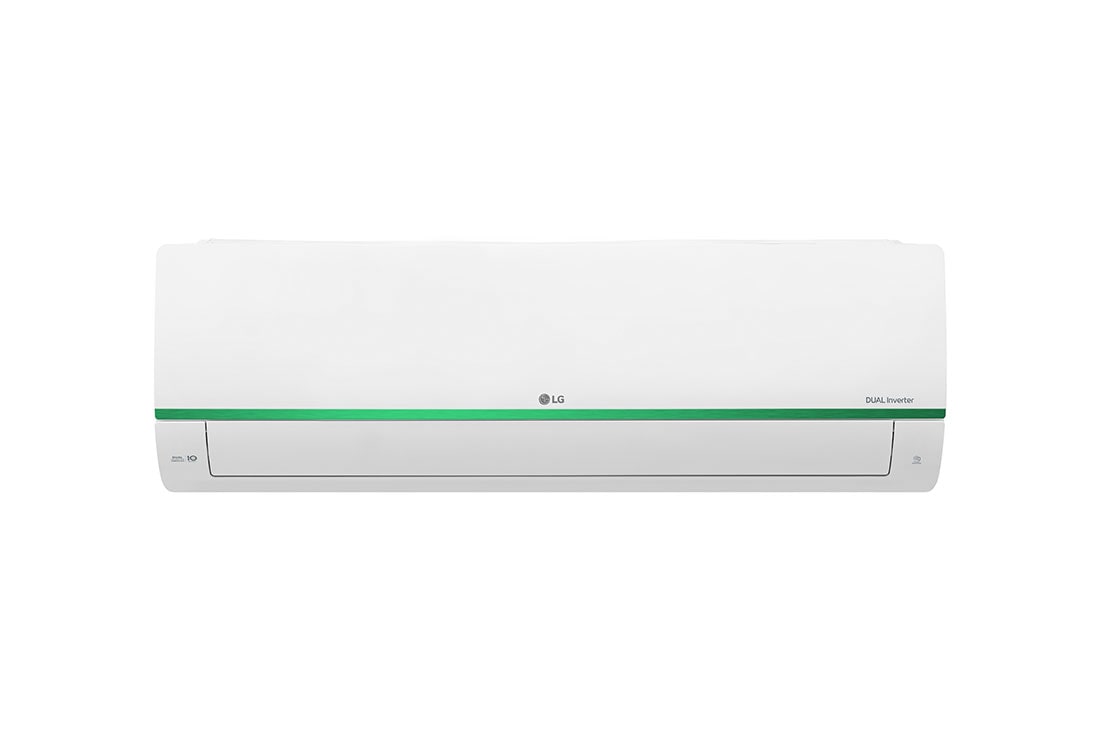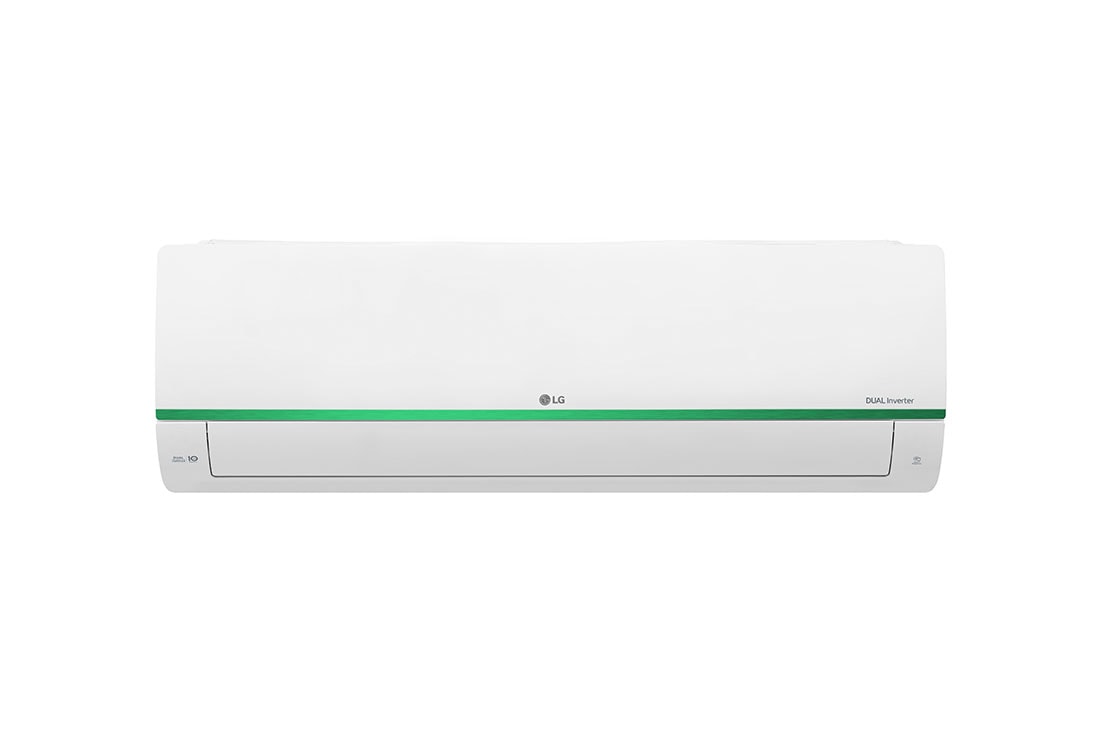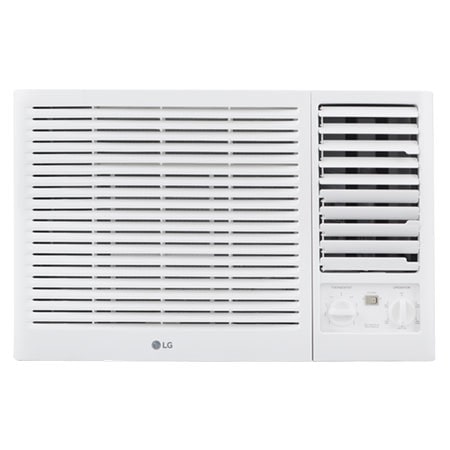We use cookies, including cookies from third parties, to enhance your user experience and the effectiveness of our marketing activities. These cookies are performance, analytics and advertising cookies, please see our Privacy and Cookie policy for further information. If you agree to all of our cookies select “Accept all” or select “Cookie Settings” to see which cookies we use and choose which ones you would like to accept.
5 Popular Types of AC
February 26, 2024

As summer kicks in and temperatures begin to soar, you’re more likely to invest in your comfort in these extremely hot conditions. The best way to do so is by installing an air conditioning system that will freshen and cool the air in your home. We want to help you effectively make the right choice, by introducing you to the various types of air conditioners currently available in the market along with their special features.
Cooling Air Conditioners
The split-type air conditioner is considered a popular air conditioning system in homes and compact office spaces with enclosed rooms.
The term "split" refers to its two separate units (one indoor and the other outdoor) working together to cool and purify the air.
The room air is pulled through the lids of the indoor unit and into the air conditioning system that has special filters that prevent dust, dirt, and other particles from entering and blocking the unit and its extension pipes. Afterwards, the cooled air follows its path through tubes containing refrigerant gas, which cools the air. The expelled hot air is then directed outside through the outdoor unit, which is installed outside of the building.

Types of Split Air Conditioning
Split air conditioning comes in various types depending on the indoor units it has. These include:
1. Single Indoor Unit Split Air Conditioner
This type is suitable for cooling a single room and it includes one outdoor and one indoor unit.
2. Multi-Indoor Unit Split Air Conditioner
You can cool multiple rooms separately with this type as it consists of one outdoor and multiple indoor units.
3. Cassette Split Air Conditioner
This type of split air conditioner consists of an indoor unit installed in the ceiling and an outdoor unit outside the building. It is commonly used in larger offices or commercial buildings. Its main benefit is that it effectively cools and improves the air.
Split air conditioning units differ in size and are commonly measured in tons. The tonnage indicates the cooling capacity of the air conditioner per hour. The available sizes range from:
● 1 ton
● 1.5 tons
● 2 tons
● 2.5 tons
● 3 tons
Portable Air Conditioner
Portable air conditioners are designed to conveniently and efficiently cool the air in different locations. It stands out for its compact size and easy portability, efficiently cooling small rooms and spaces.
Unlike fixed air conditioning systems, it does not require installation in a specific place or any holes in walls, saving you from installation costs.
This type of AC has a cooling unit that cools the air and a fan that circulates the cooled air within the room. It is considered an excellent choice for places where central air conditioning is not available or practical, such as small rooms, offices, or bedrooms. It is also commonly used for travel and camping. This type of air conditioner is known for its sleek, compact design and quiet cooling system.

Central Air Conditioning
Central air conditioning operates using a central unit that produces and distributes cool air through a system of pipes and outlets placed in walls and ceilings. It is commonly used in large buildings and it effectively cools various rooms uniformly.
● How Does Central Air Conditioning System Function
Its high efficiency and capability to cool large spaces as well as offer air circulation and cooling solution makes it the preferred choice for commercial buildings, hotels, hospitals, and large residential complexes.
● Advantages of Central Air Conditioning System
Central air conditioning system offers several benefits, including:
1. Uniformed cooling throughout all rooms through a system of pipes.
2. High-efficiency operation.
3. Lower energy consumption compared to individual air conditioning units, resulting in reduced operating costs.
4. Improved indoor air quality with specialized air filters that eliminate dust, pollutants, and unwanted odors.
● Disadvantages of Central Air Conditioning System
Regardless of the various benefits of central air conditioning systems and their popularity, it's important to keep in mind the following:
1. The cost of installation and maintenance are much more than individual air conditioning units.
2. The requirements for building materials such as pipes, central units and outlets in each room will increase the installation costs and may lead to changes in the building's interior design.
3. There may be difficulties in controlling the temperature of each room since the overall temperature is typically set for the entire building.
Overall, central air conditioning is considered a convenient and effective solution for large buildings and commercial establishments as it provides comfortable and improved air quality. Regardless of its costly installation and maintenance fees, choosing to install central air conditioning should depend on the requirements and available finances of the building.

In Conclusion
Before choosing an air conditioner or a cooling system, we at LG highly recommend checking the specifications of each AC type.
You can find all the relevant information for heating/cooling air conditioners, inverter air conditioners, window air conditioners, or advanced inverter air conditioners on our website to help you make wise choices.
If you have any questions or require maintenance services, our dedicated customer service team is ready to assist you. Choose your ideal LG air conditioning unit today!
Life's Good, LG!








